Best roads (so far)
I’ve driven on some amazing roads on this trip. The vast majority of those asphalt (and gravel) ribbons were completely functional, but only a few stand out as being truly exceptional.
#3: Beartooth Highway US-212 (Wyoming and Montana)
This is a famous road that starts in Yellowstone National Park in Wyoming, goes up a 10,000+ ft mountain pass, and descends into the friendly town of Red Lodge, Montana. A good chunk of it is above the treeline, and snow is a possibility year-round.
The amazing vistas, the fun twisty curves on the many switchbacks, and the picturesque surroundings combine to make an excellent driving experience. Better yet, there are numerous spots to pull off the road and soak it all in. Charles Kuralt called the Beartooth “the most beautiful drive in America.”
#2: Sea-to-Sky Highway BC-99 north of Whistler (British Columbia)
I stumbled upon Highway 99 without knowing its many qualities; I had simply wanted to go to Whistler from Prince George. I had been on the part of Highway 99 south of Whistler when I went there skiing, but the road to the south has a completely different personality than the one to the north. Whereas the southern stretch is a 4-lane divided highway for most of its run, the northern part is a 2-lane, sometimes 1-lane, line of tarmac twisting through, up, and down giant mountains.
It winds through forests. It echoes rivers. It offers views of trees, rocks, snow, farmland, trains, tunnels, and more.
It’s a playground for sports cars and motorcycles.
It’s a thrill, and it seems to have been completely repaved within the past year or two, so it’s in excellent condition.
I couldn’t erase the smile from my face as I shot Sam through the curves. It was the one time on the trip that I wished Sam were a WRX instead of an Outback.
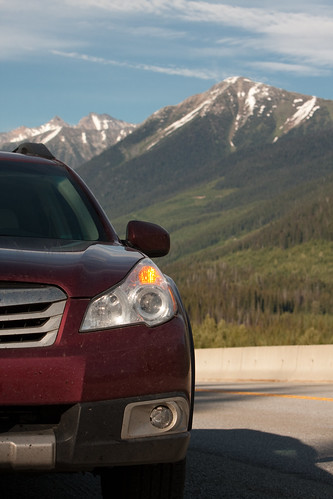
#1: Pacific Coast Highway US-101 and CA-1 (Washington, Oregon, and California)
The most beautiful road in the world is actually several roads: start with US-101 in Washington, follow that down until around Eureka, California, then turn off onto CA-1. Do that, and you will be greatly rewarded.
The magnitude of this road is what sets it apart from the others. It’s 2000 miles of amazing scenery, scenery that makes everything seem right with the world.
Cruising down the coast with the windows down, the sun shining, and the surf of the Pacific pounding the beaches below the mammoth bluffs? That’s the recipe for bliss.
It’s an engineering marvel, too. There are hundreds of bridges. There are enormous cuts in the cliffs. Rockfalls, mudslides, floods, and other natural forces all attempt to cover or remove the road on a frequent basis. On top of all that, many stretches of the road are extremely remote, which further complicates maintenance and non-functional cell phones.
If you ever have to go from Seattle to San Diego, do yourself a favor and drive the entire coast.
Honorable mention: the Alaska Highway (British Columbia, Yukon Territory, and Alaska), the Glenn Highway (Alaska), the Icefields Parkway (Alberta), and Highway 37A (British Columbia)

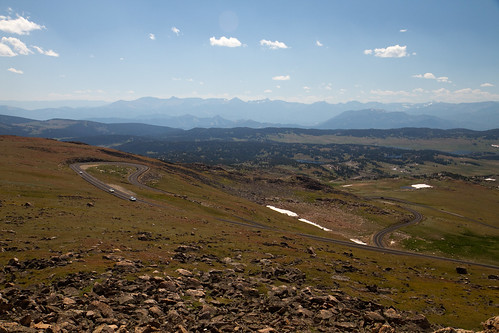
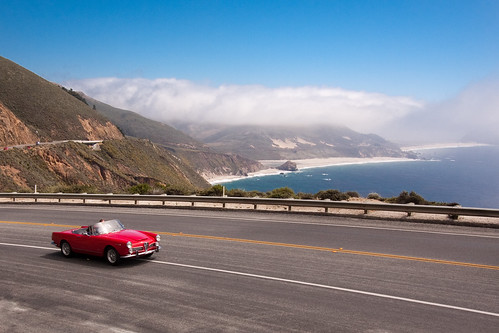
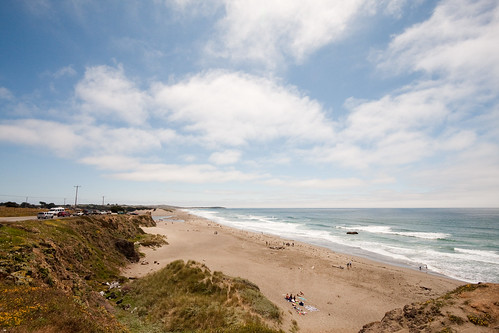
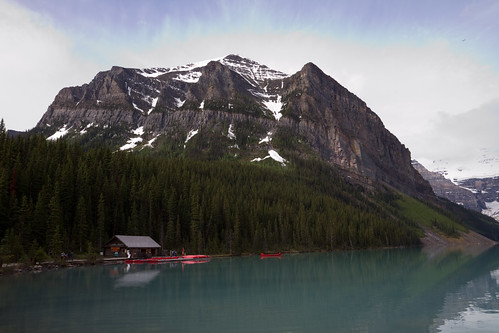
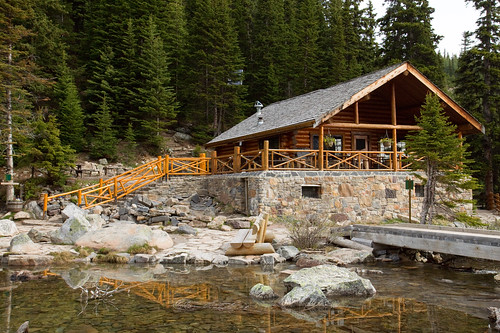
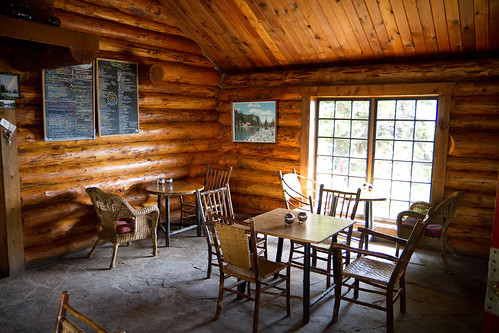
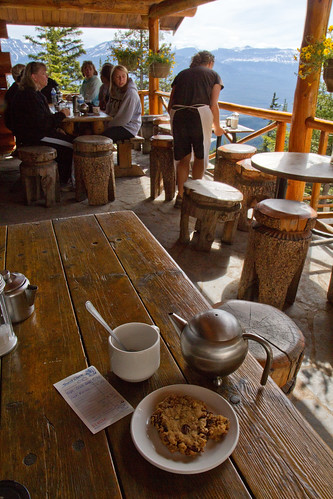
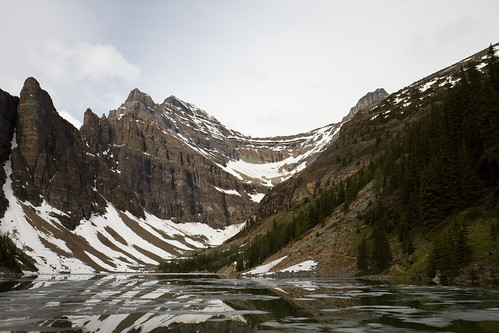
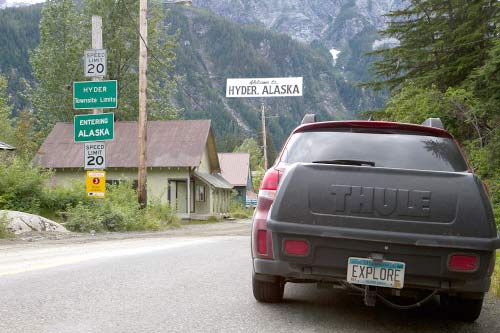
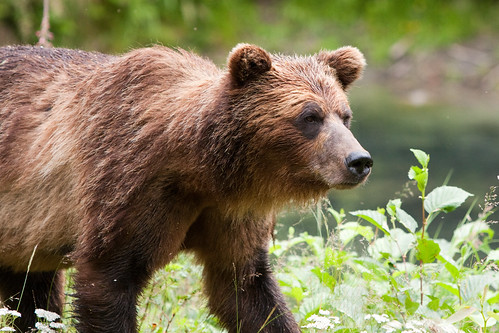
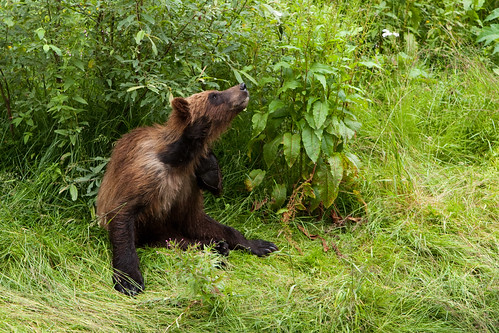
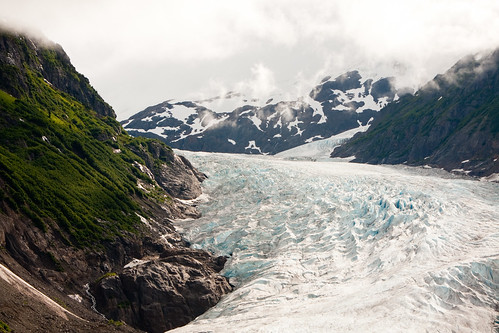
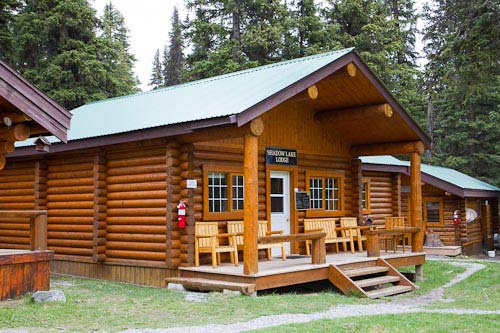
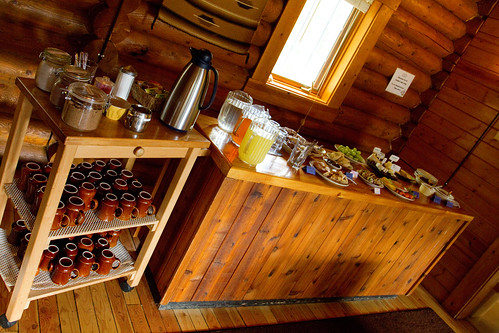
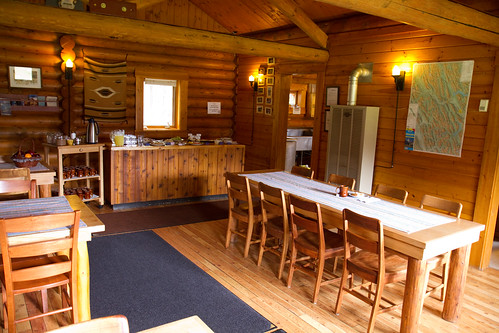
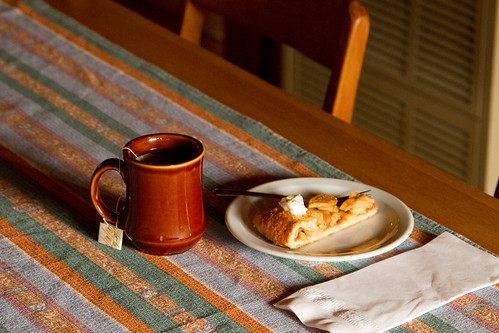
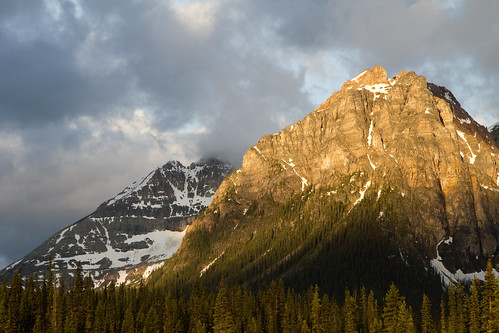


Recent Comments